Origami In Kinetic Architecture
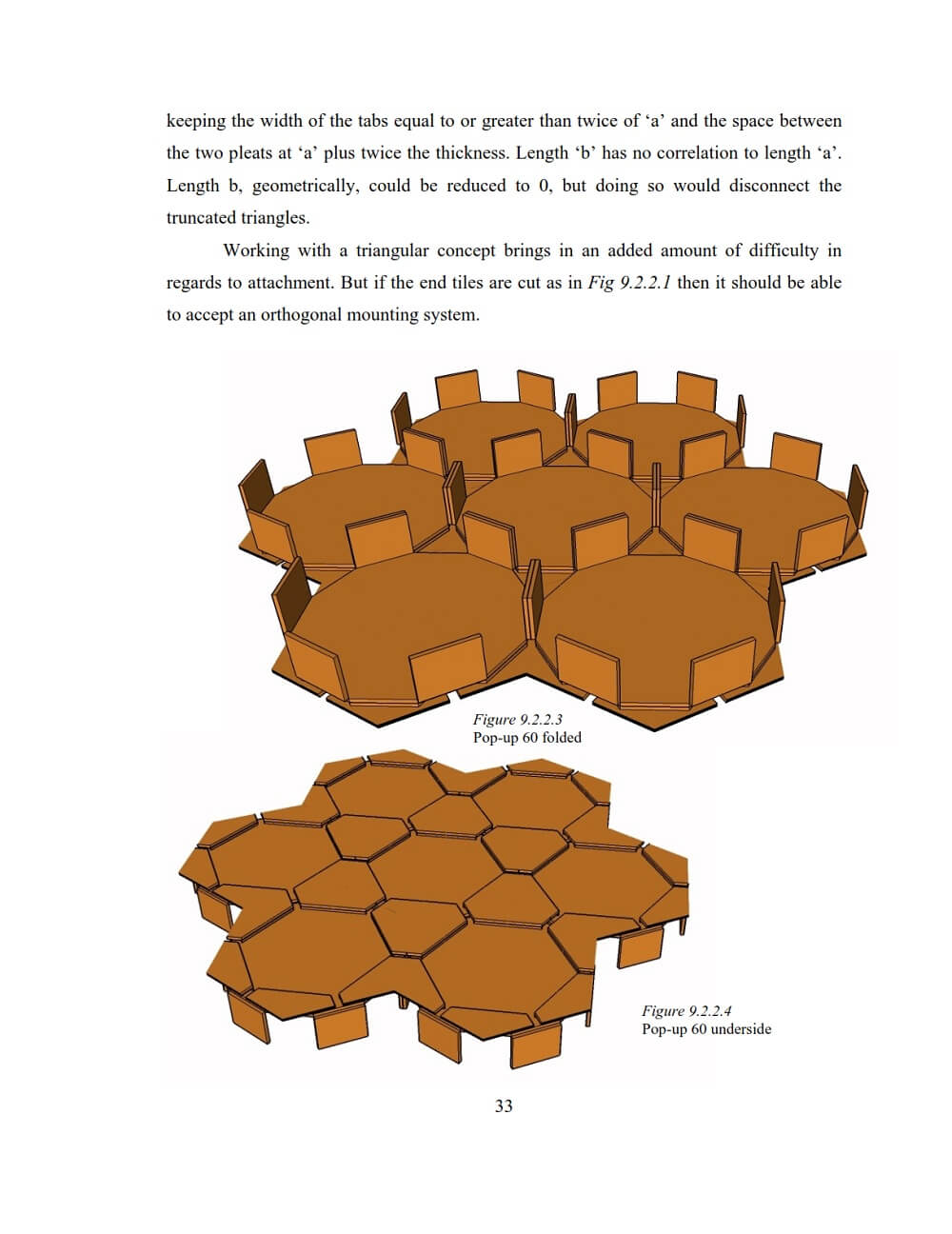
Folding elements have already been used in architecture as either: (a) simple or negligibly thin folds such as tent-like structures; (b) thick panels with single straight hinges; or (c) flat, faceted forms that appear to have been folded. What is seldom seen is folding in more complicated patterns that also use thick panels. The more complicated crease patterns inspired from origami cannot be used interchangeably between thin and thick materials. Further, once a folding feature is designed, it must have a way to attach to the main/super structure and have a means to deploy.
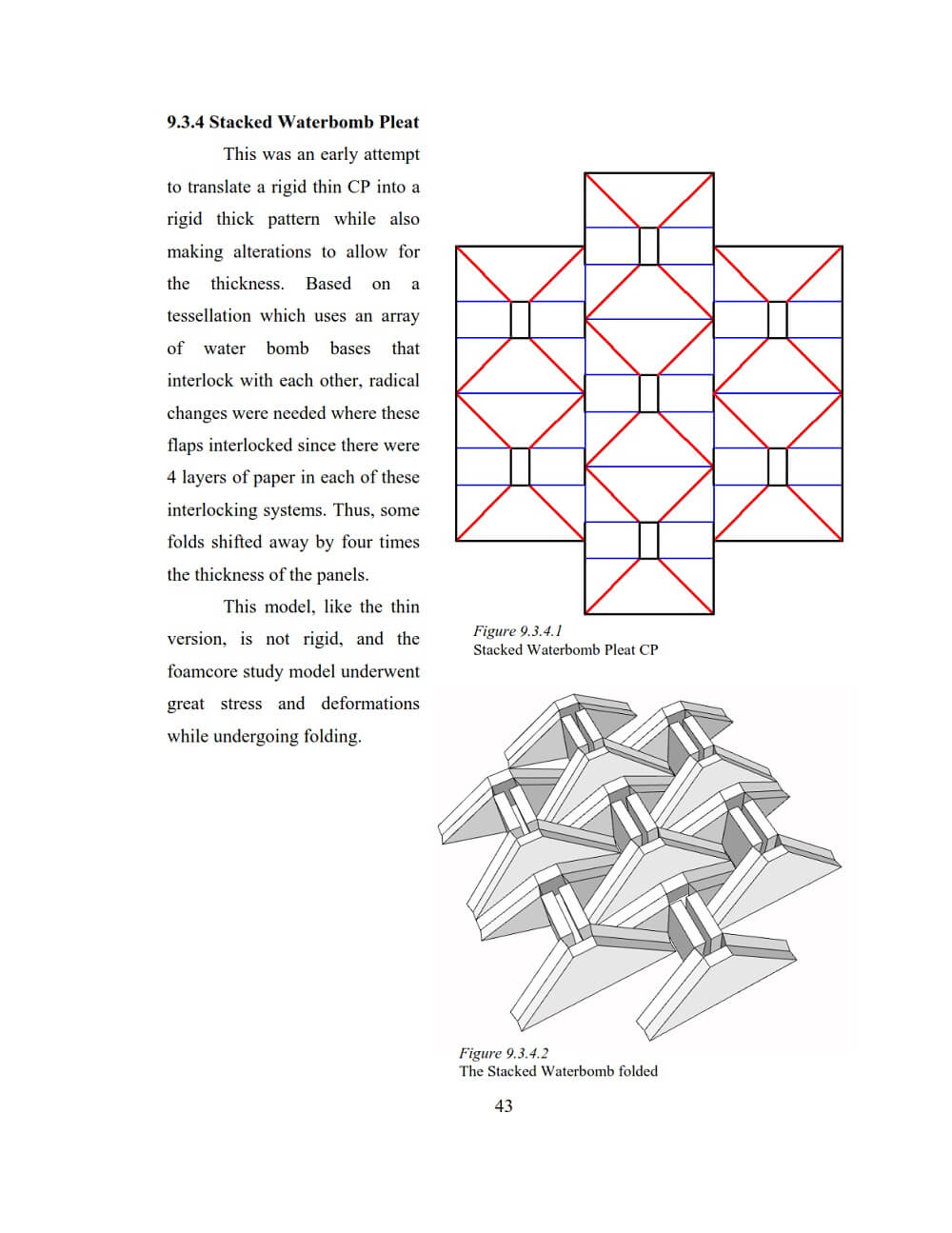
If design parameters and attachments can be better presented and understood, more origami patterns that are rigid and thick may be incorporated into kinetic architecture or rigid-thick origami kinetic architecture. This research by Scott Macri creates a useful primer for understanding and designing rigid-thick origami structures by simplifying and organizing existing knowledge on rigid- thick origami into a more accessible format for designers and architects without the need for deep mathematical background.
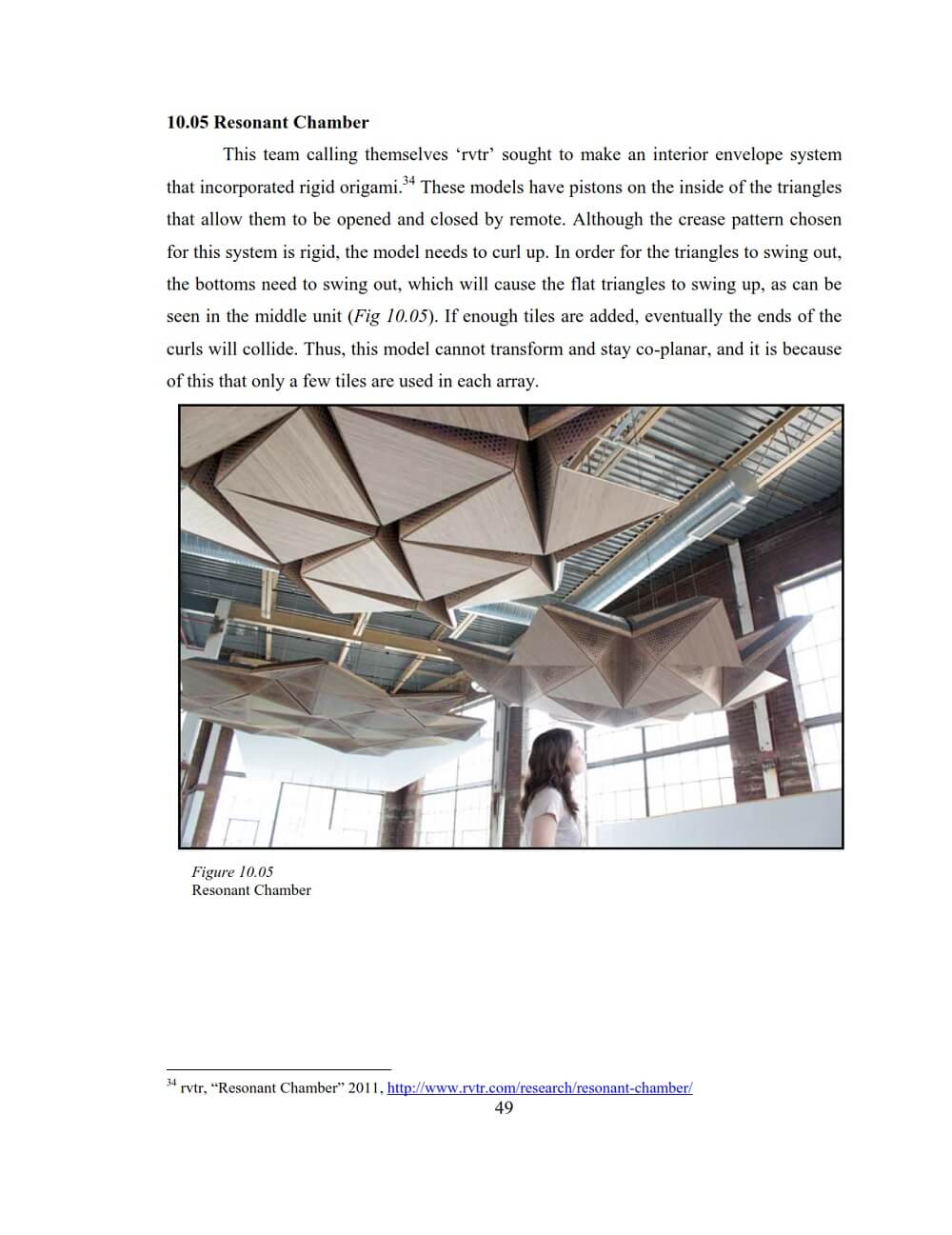
It also presents a variety of design patterns which can be altered or adapted along provided guidelines, as well as propose some methods in which to attach and operate some of these designs on a superstructure through documentation of a working prototype. The hope is that more rigid-thick origami concepts will be available to allow for more practical and aesthetic design opportunities in the field of kinetic architecture.
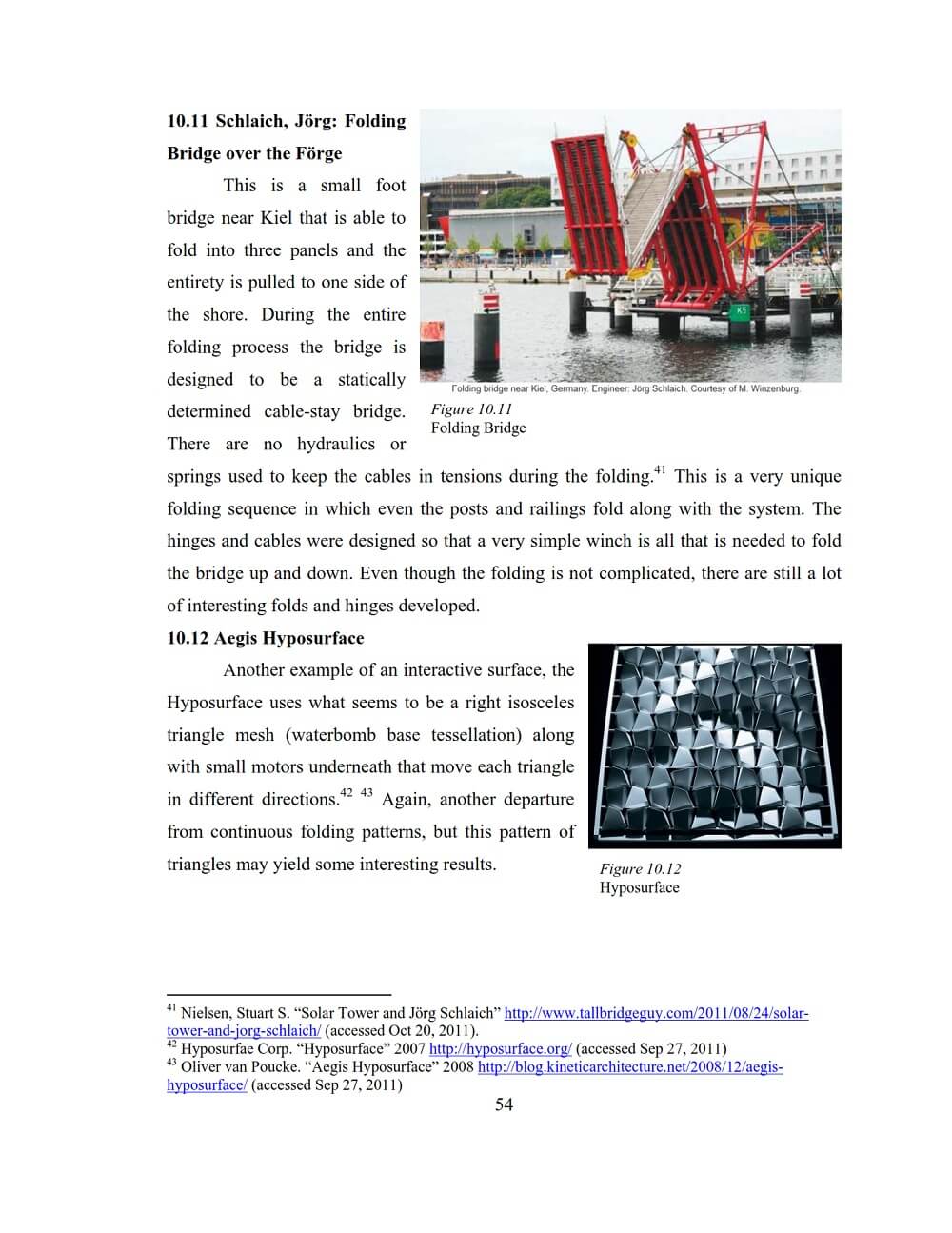
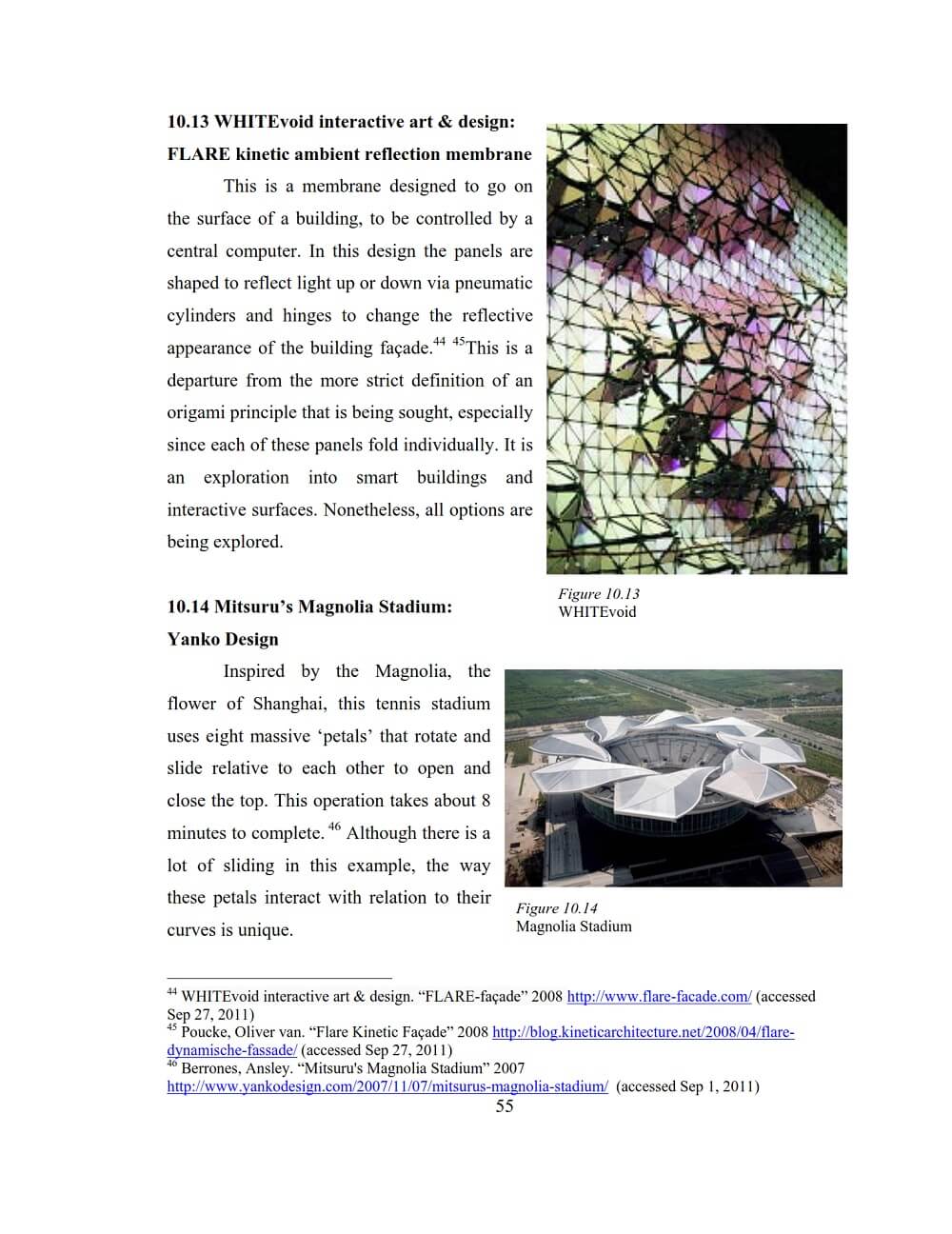

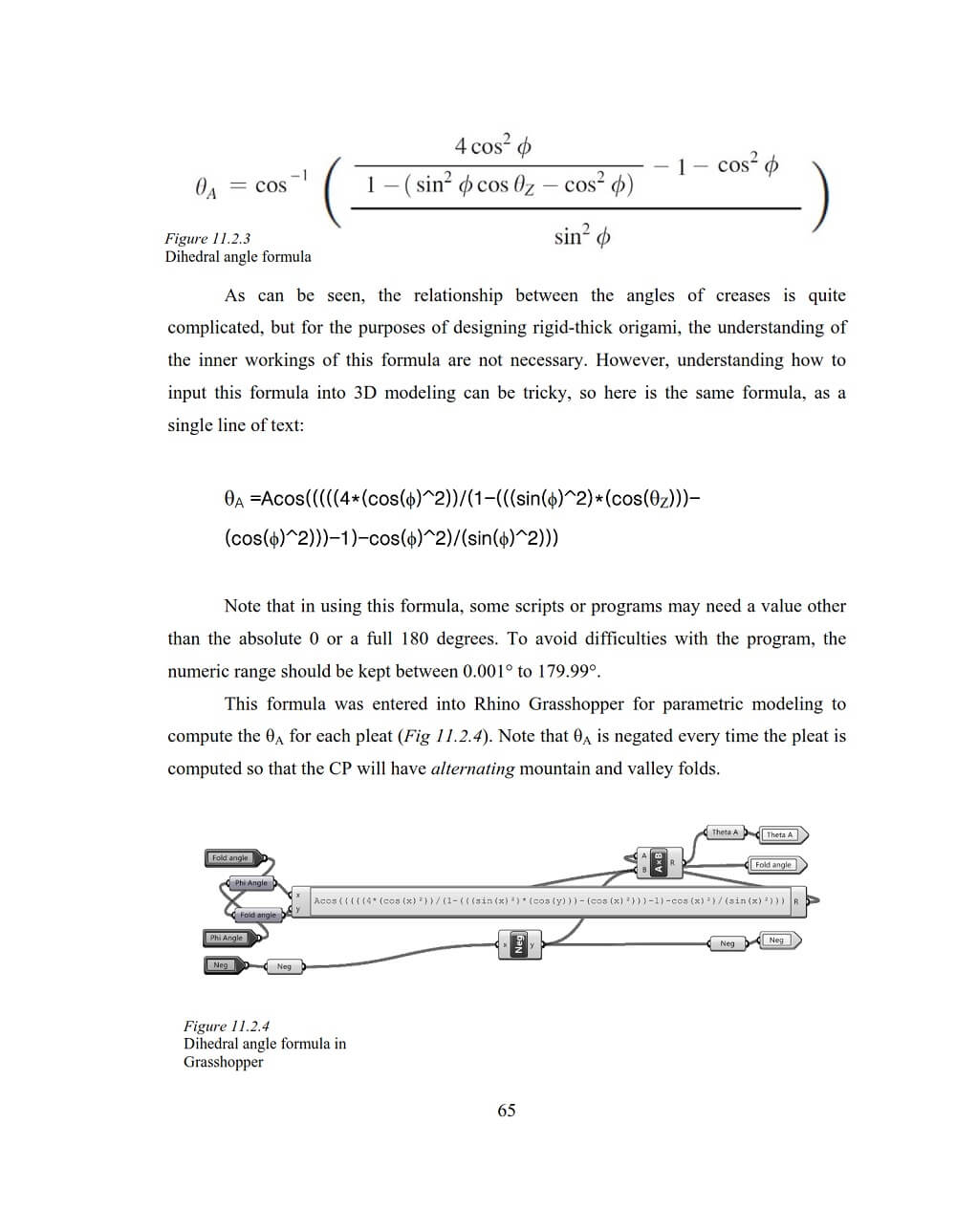
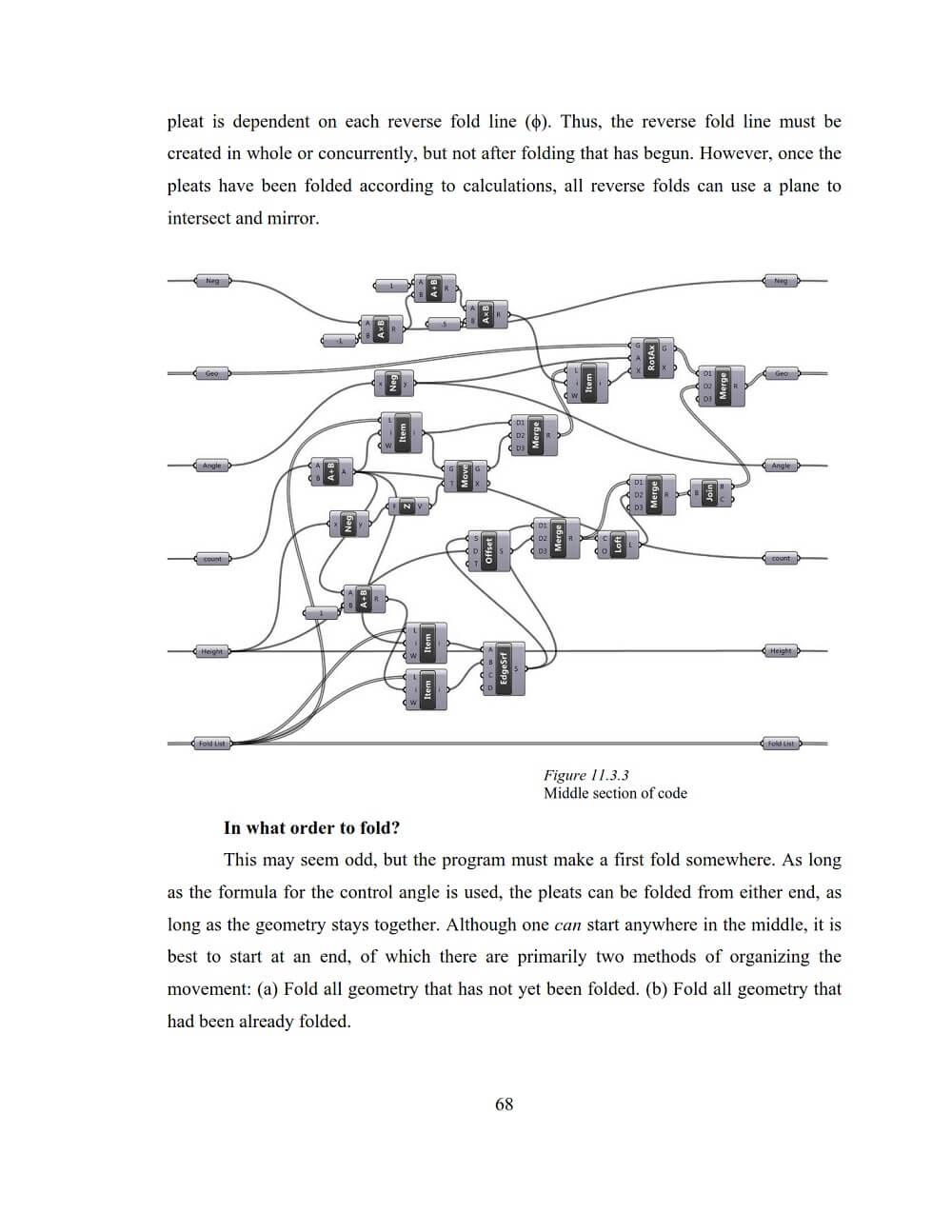
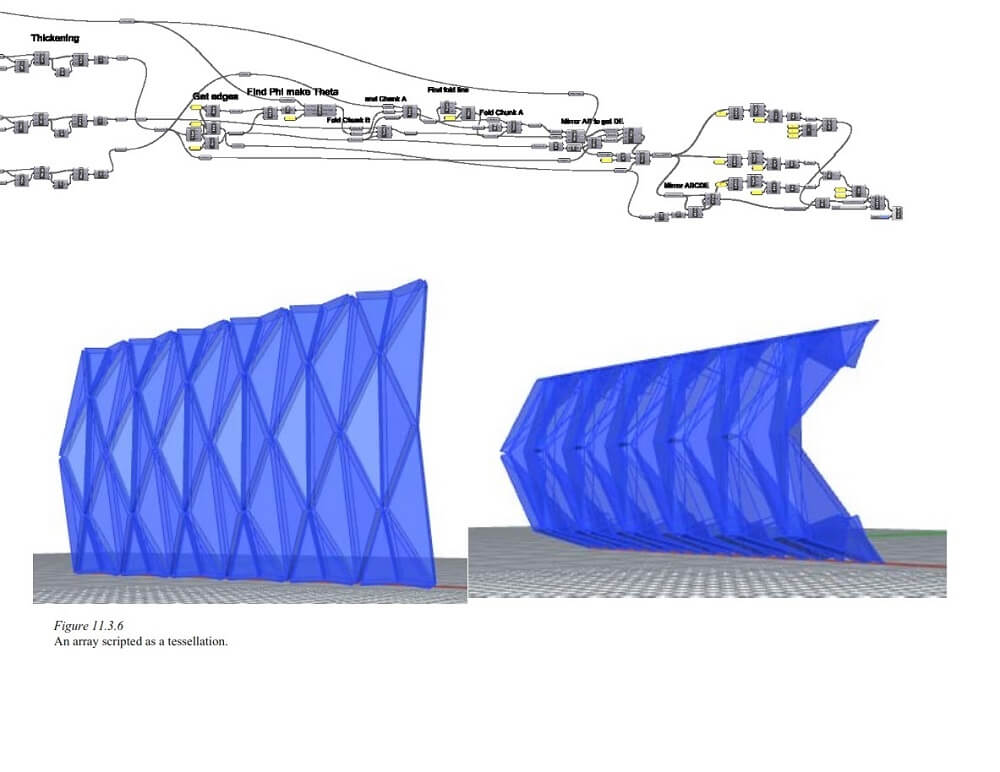
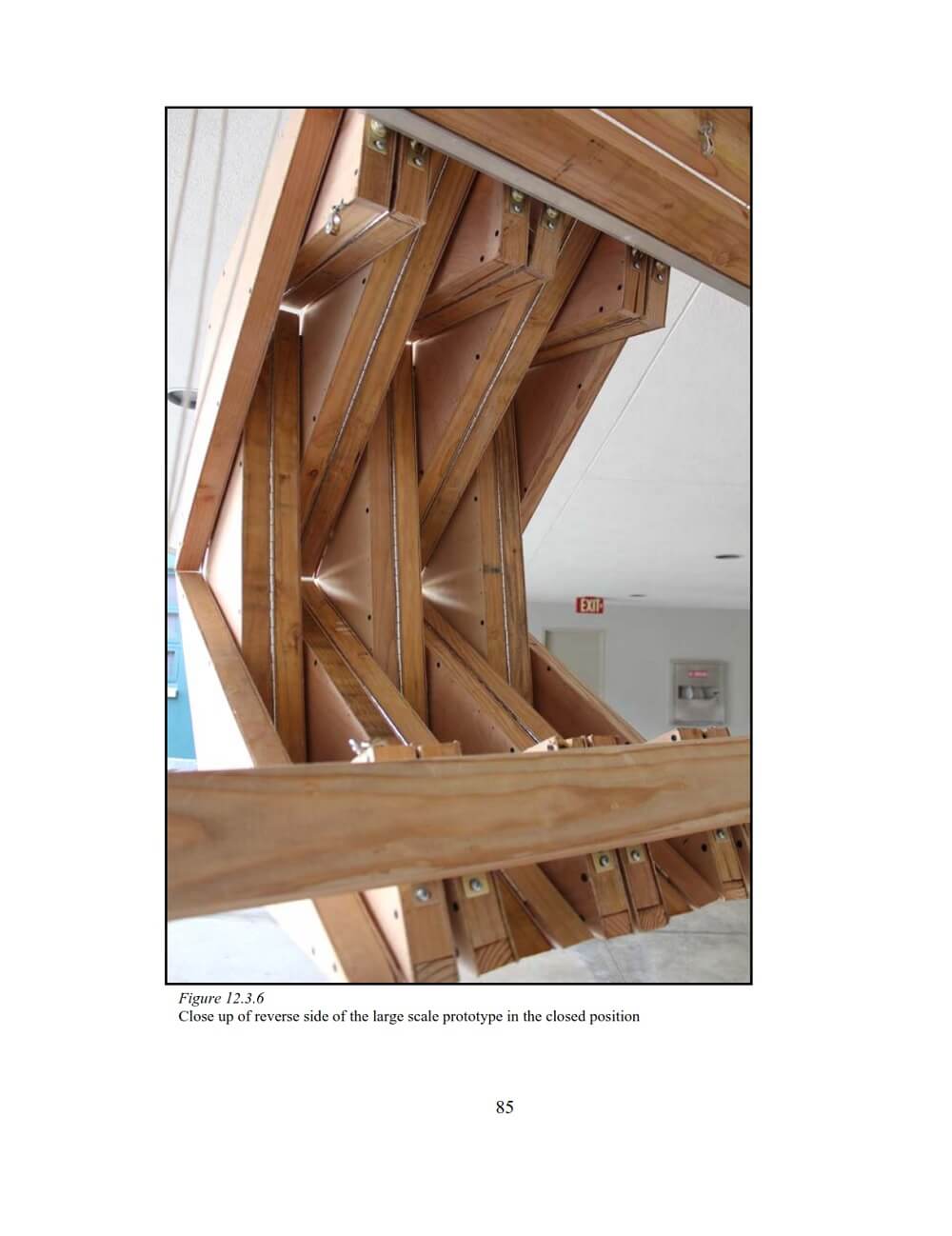




























Comments